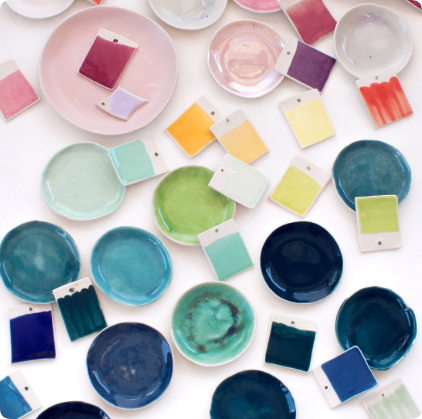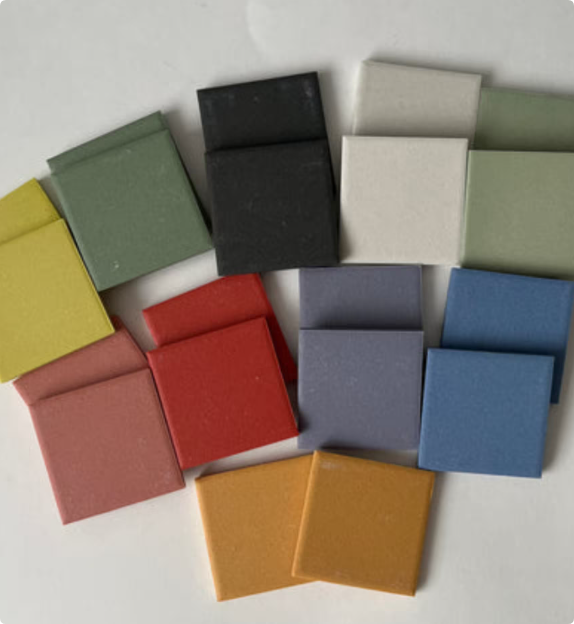When choosing a ceramic planter, one of the most common questions people ask is: Which is better, glazed or unglazed?
The answer isn’t simple. The difference between glazed and unglazed planters goes far beyond surface appearance. They vary in breathability, plant compatibility, price positioning, usage scenarios, and even global market trends. Whether you’re a wholesaler, retailer, or cross-border e-commerce seller, this guide will walk you through six key factors so you can make confident sourcing decisions.
1. Visual Appeal and Consumer Preferences
Glazed ceramic planters shine with smooth finishes and vibrant colors, making them ideal for consumers who value fashion and home décor.
Glazed
– ceramic planters
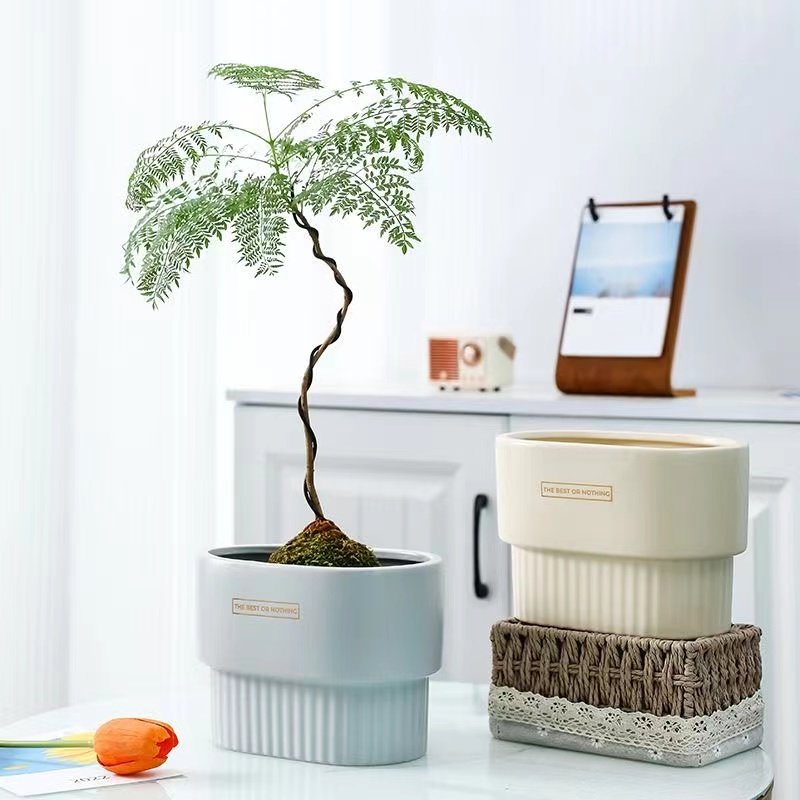
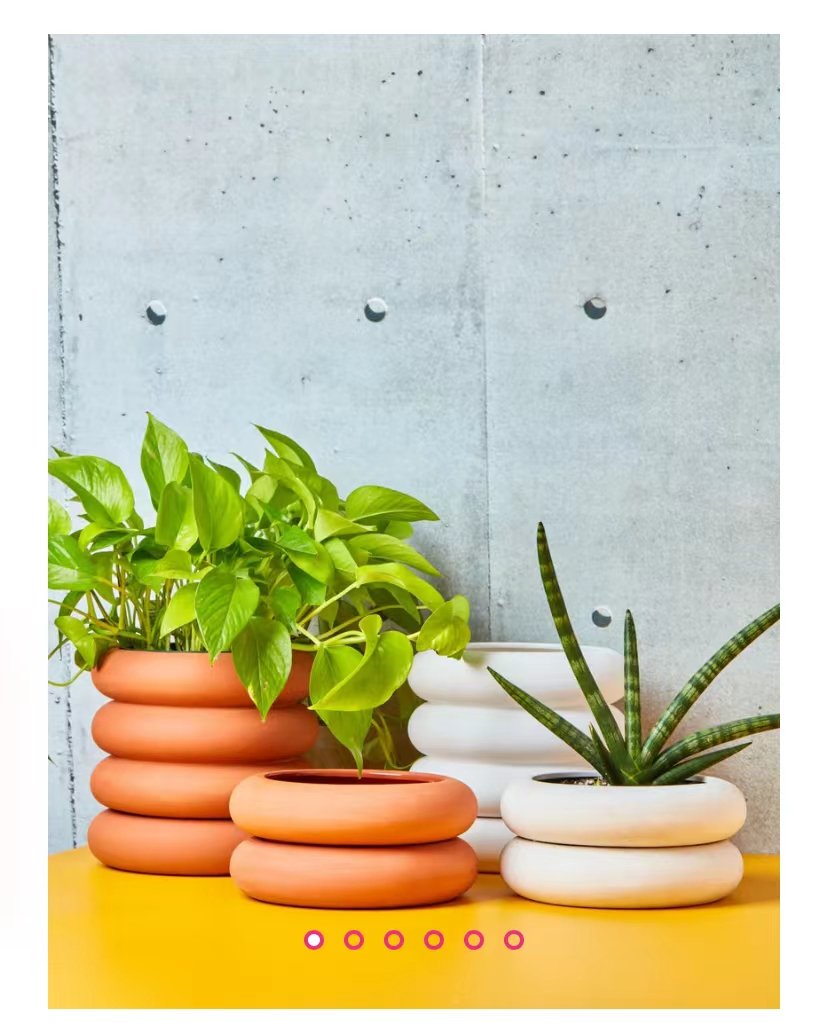
Unglazed
– ceramic planters
Unglazed ceramic planters, on the other hand, give off a natural and rustic vibe. They resonate strongly with customers who love the “organic” or minimalist aesthetic. In a Scandinavian-style living room or a countryside-inspired interior, unglazed planters often blend seamlessly with the overall atmosphere.
2. Water Absorption and Plant Health
- Glazed planters: The glaze layer prevents water loss, allowing soil to stay moist longer. This makes them suitable for tropical plants and moisture-loving greenery.
- Unglazed planters: The porous clay naturally lets excess water evaporate, reducing the risk of root rot. They’re perfect for succulents, cacti, and herbs.
This distinction means customers often choose planter types based on the plants they’re growing.
3. Maintenance and Longevity
Glazed ceramic planters are smooth and easy to clean, keeping their shiny look for a long time.
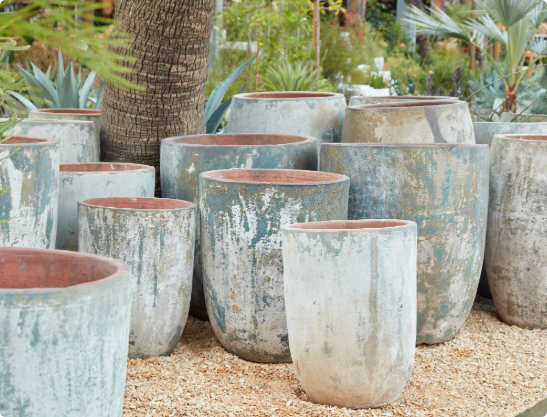
Unglazed planters, however, may develop a natural patina or weathered marks over time. Some people appreciate this aged look as unique character, while others see it as requiring more upkeep.
4. Cost and Perceived Value
- Glazed planters: More complex to produce, generally priced higher, and often perceived as having a stronger “gift appeal.”
- Unglazed planters: Lower production costs, suitable for bulk purchasing, and aligned with eco-friendly and natural lifestyle trends.
For wholesalers and retailers, offering both types can cover a broader range of consumer needs.
5. Indoor vs. Outdoor Applications
- Glazed planters → Better for indoor décor, blending well with furniture and adding visual charm.
- Unglazed planters → Better for outdoor use, especially in gardens or patios, since breathability helps plants thrive in natural environments.
In colder climates, avoid leaving unglazed planters outdoors during freezing conditions, as they may crack.
For more gardening container tips, check out Gardening Know How’s planting advice.
6. Global Market Trends and Regional Preferences
Demand for glazed vs. unglazed planters differs significantly across regions, influenced by culture, aesthetics, and climate.
United States
American consumers love switching planters during holidays or seasonal transitions, making colorful glazed designs particularly popular. Retailers often release limited-edition glazed planters tied to holiday décor.
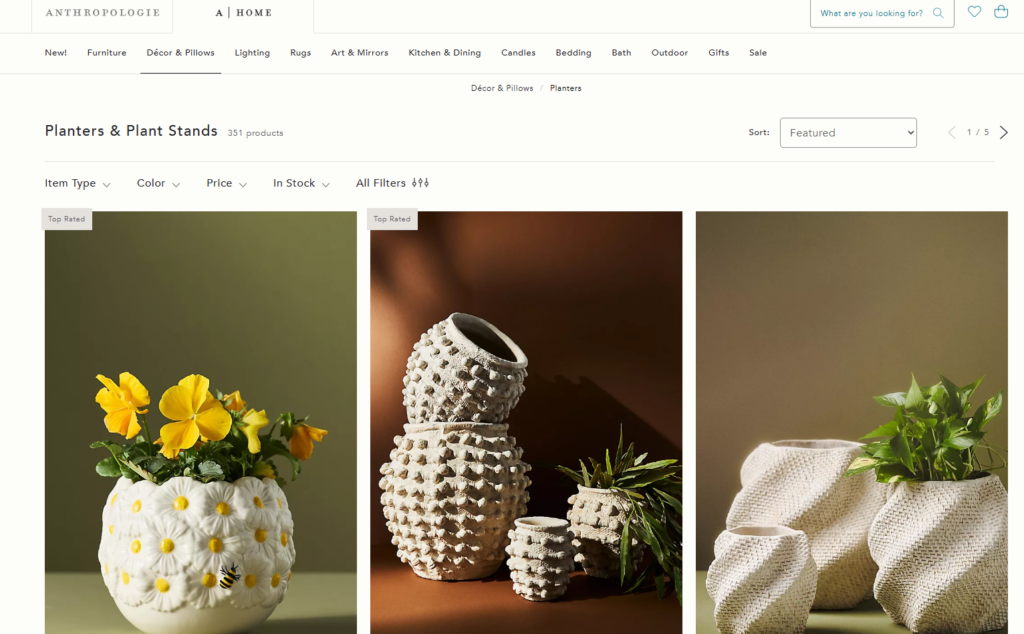
- Anthropologie – Known for hand-painted glazes and artistic patterns, popular in the gift market.
- West Elm – Focuses on modern, urban home styling with both colorful and minimal options.
Japan
Japanese gardeners prefer unglazed planters, especially those reflecting wabi-sabi aesthetics. Minimalist, muted, earthy-toned designs align well with local sensibilities.
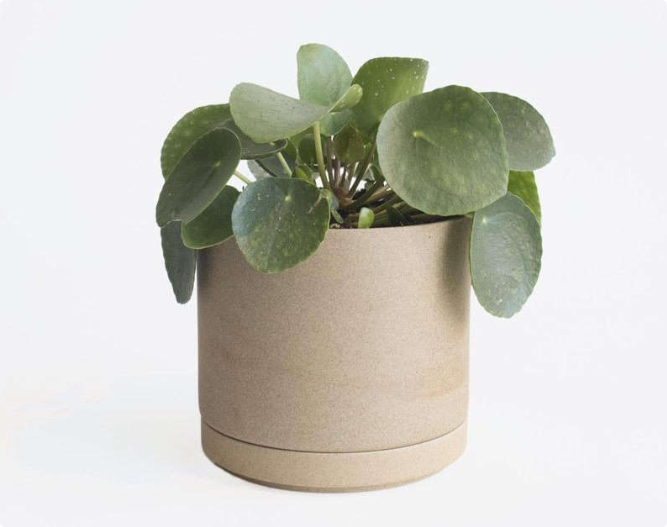
- Dulton – Offers retro-style matte planters popular with small households.
- Hasami – Combines functionality and simplicity, with a practical line of unglazed pots.
Nordic Countries
Nordic consumers value natural materials and atmospheric simplicity. Both unglazed and lightly glazed planters with soft, neutral tones are in demand.
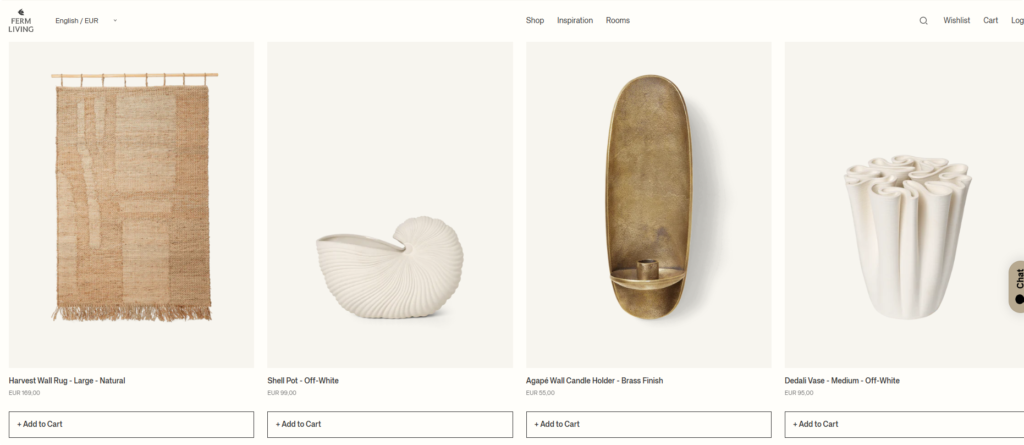
- Ferm Living (Denmark) – Specializes in geometric shapes and Nordic minimalism, often using natural clay colors.
- HAY (Denmark) – Plays with contrasts of color and texture, releasing small-batch handmade planters.
Middle East
Gardens and courtyards are central to Middle Eastern culture, where large unglazed planters are favored for their practicality and heat resistance. Indoors, however, glazed mosaic-style planters add a luxurious touch.
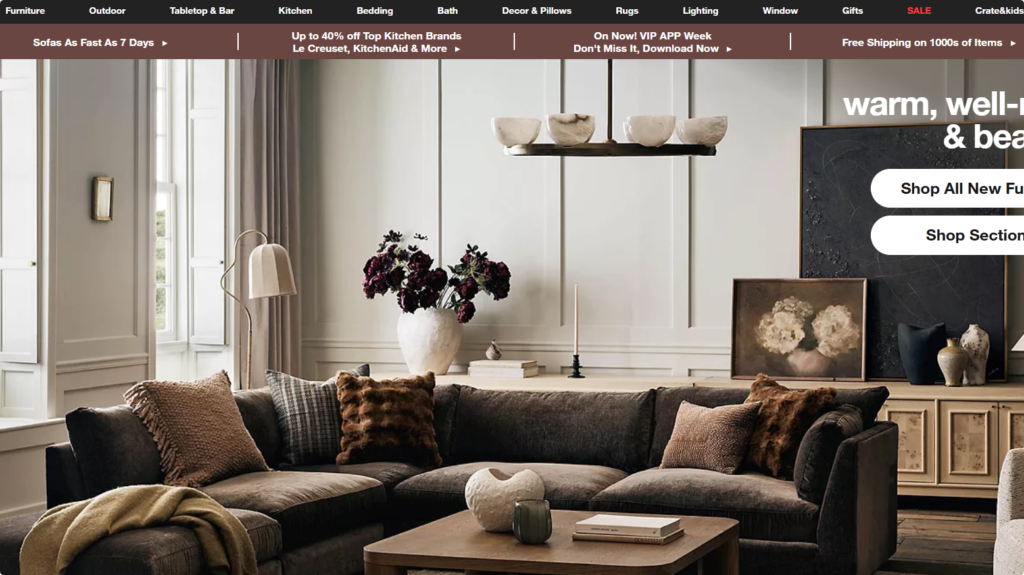
- https://www.crateandbarrel.com/Crate & Barrel Middle East – Blends modern and traditional designs, offering versatile planter sizes.
- Home Centre (UAE) – Known for bold-colored glazed planters suitable for both homes and courtyards.
Australia
Australian consumers emphasize outdoor gardening and favor breathable unglazed planters. Indoors, though, minimalist glazed options are popular for home styling.
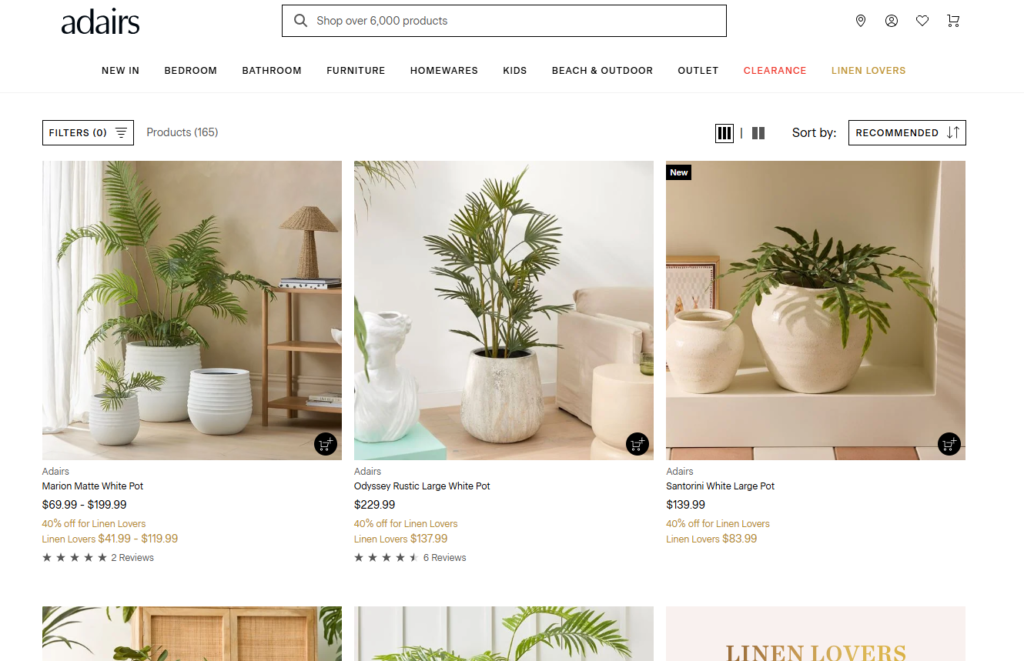
- Adairs – Focuses on cohesive home collections, often using neutral-toned ceramic planters.
- Robert Gordon Pottery – A century-old brand, offering both glazed and unglazed handcrafted series.
These examples illustrate how planter demand is shaped not just by glazing but also by cultural aesthetics and environmental conditions.
Glazed vs. Unglazed: Quick Comparison
| Dimension | Glazed Planters | Unglazed Planters |
|---|---|---|
| Visual Appeal | Smooth, glossy, colorful | Natural, rustic, matte |
| Water & Air | Better moisture retention | Highly breathable, dries faster |
| Plant Fit | Tropical plants, ferns | Succulents, cacti, herbs |
| Maintenance | Easy to clean, stain-resistant | Develops patina or white mineral marks |
| Price Range | Higher, strong gift appeal | Lower, good for bulk purchases |
| Best Use | Indoor décor, gift & e-commerce markets | Outdoor gardens, minimalist interiors |
Frequently Asked Questions (FAQs)
Q1: Which is better for e-commerce—glazed or unglazed planters?
Glazed planters photograph beautifully and are great for the gift market. Unglazed planters also sell well in “natural lifestyle” categories.
Q2: Will unglazed planters mold in humid regions?
They won’t mold, but mineral deposits may leave white marks on the surface. This is normal and safe.
Q3: Which planters are best for winter gardens?
In cold climates, glazed planters or protected unglazed pots are recommended to prevent cracking.
Q4: Which type makes a better gift item?
Glazed planters, thanks to their color and decorative appeal, are usually more popular as gifts.
Q5: Can businesses mix glazed and unglazed in one order?
Absolutely. Many wholesalers and retailers stock both to meet broader consumer demand.
Conclusion
Both glazed and unglazed ceramic planters have unique strengths. Glazed options emphasize decoration and gifting value, while unglazed highlight natural beauty and plant health. The right choice depends on market positioning, plant type, customer base, and regional preferences.
For global buyers, offering both glazed and unglazed planters ensures wider consumer coverage.
As a ceramic manufacturer based in China, Hale provides OEM & ODM services for global garden brands, gift companies, and cross-border e-commerce sellers. Whether you need colorful glazed designs or raw-textured unglazed series, Hale can help tailor planter collections that align with market trends.

